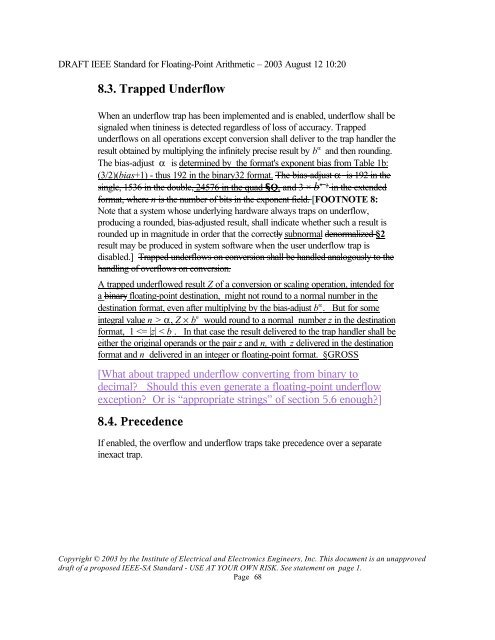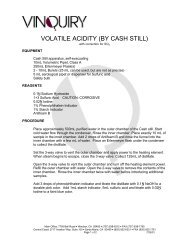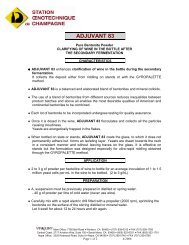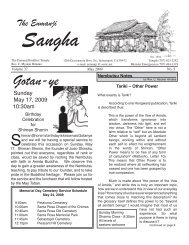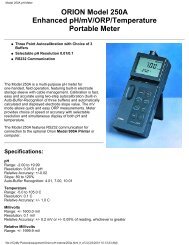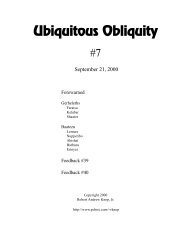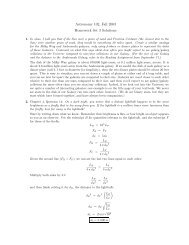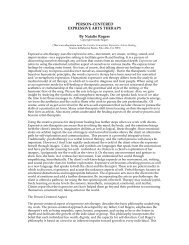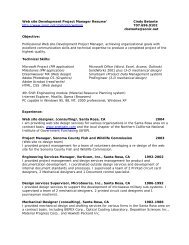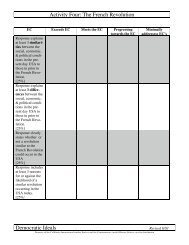DRAFT IEEE Standard for Binary Floating-Point Arithmetic - Sonic.net
DRAFT IEEE Standard for Binary Floating-Point Arithmetic - Sonic.net
DRAFT IEEE Standard for Binary Floating-Point Arithmetic - Sonic.net
Create successful ePaper yourself
Turn your PDF publications into a flip-book with our unique Google optimized e-Paper software.
<strong>DRAFT</strong> <strong>IEEE</strong> <strong>Standard</strong> <strong>for</strong> <strong>Floating</strong>-<strong>Point</strong> <strong>Arithmetic</strong> – 2003 August 12 10:20<br />
8.3. Trapped Underflow<br />
When an underflow trap has been implemented and is enabled, underflow shall be<br />
signaled when tininess is detected regardless of loss of accuracy. Trapped<br />
underflows on all operations except conversion shall deliver to the trap handler the<br />
result obtained by multiplying the infinitely precise result by b a and then rounding.<br />
The bias-adjust a is determined by the <strong>for</strong>mat's exponent bias from Table 1b:<br />
(3/2)(bias+1) - thus 192 in the binary32 <strong>for</strong>mat. The bias-adjust a is 192 in the<br />
single, 1536 in the double, 24576 in the quad § Q, and 3 × b n– 2<br />
in the extended<br />
<strong>for</strong>mat, where n is the number of bits in the exponent field. [FOOTNOTE 8:<br />
Note that a system whose underlying hardware always traps on underflow,<br />
producing a rounded, bias-adjusted result, shall indicate whether such a result is<br />
rounded up in magnitude in order that the correctly subnormal denormalized §2<br />
result may be produced in system software when the user underflow trap is<br />
disabled.] Trapped underflows on conversion shall be handled analogously to the<br />
handling of overflows on conversion.<br />
A trapped underflowed result Z of a conversion or scaling operation, intended <strong>for</strong><br />
a binary floating-point destination, might not round to a normal number in the<br />
destination <strong>for</strong>mat, even after multiplying by the bias-adjust b a . But <strong>for</strong> some<br />
integral value n > α , Z × b n would round to a normal number z in the destination<br />
<strong>for</strong>mat, 1


